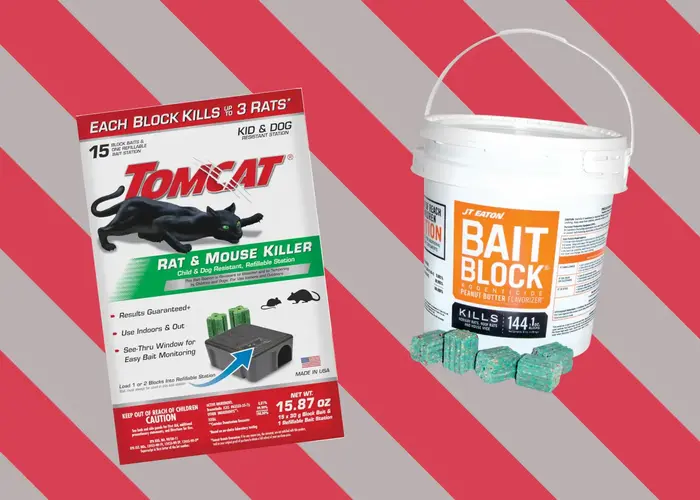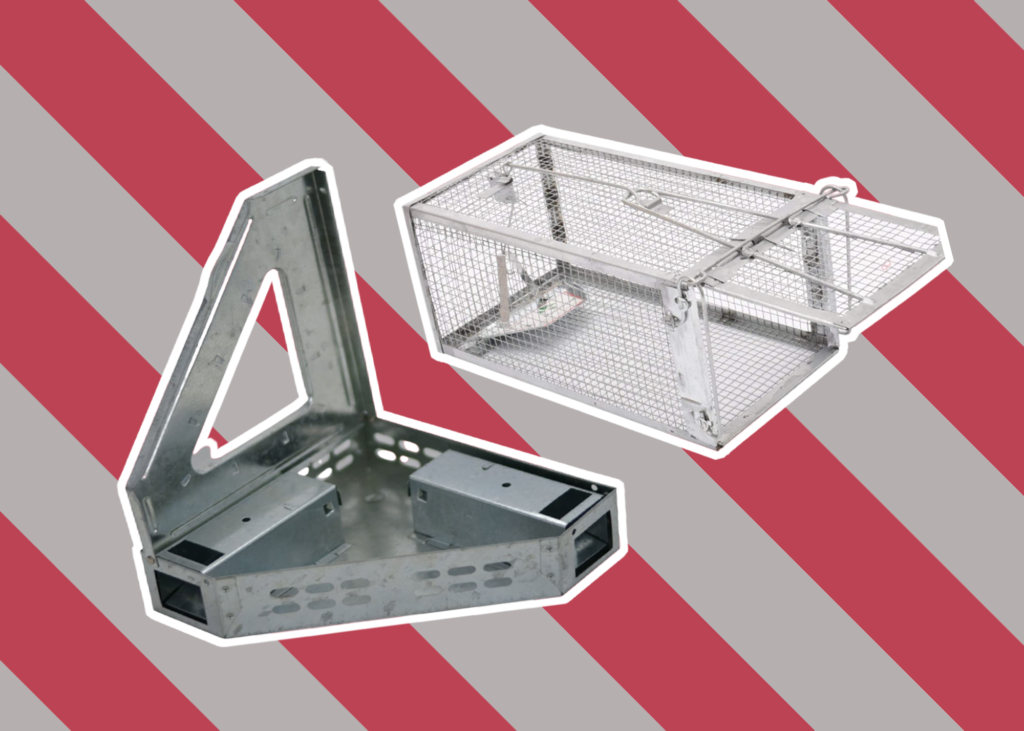

Most people take great pride in their homes, and think that they will never need to know how to get rid of mice, so it can be very upsetting to find that there is a mouse problem. Seeing a mouse can be as frightening for you as the mouse, as you are not likely to expect to see a furry little creature running across your floor. Mice often find our homes delightfully warm and cozy, so when they find a way in, they settle in and make themselves a home. Unfortunately, mice and other rodents can spread diseases and they can carry fleas, ticks and mites. So, even if you are not particularly bothered about the furry creatures skittering around your home, you need to be aware of the potential health risks. Mice can also cause damage around your home, as they like to gnaw on wood, cables and other materials around your home. This may lead to electricity issues, or structural issues, which would not only impact the value of your home, but also its functionality. So, in this article, we’ll explore how to get rid of mice in walls or other areas of your home.
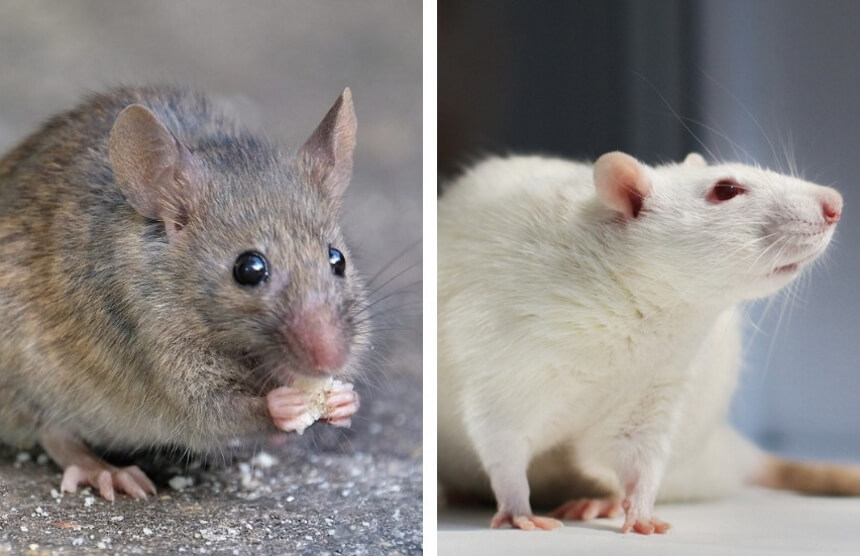 When you first see a furry little creature in your home, or notice other signs of a rodent issue, your first thought may be do you have mice or rats. Fortunately, it is quite easy to tell the difference. While there are numerous species of mice, they are generally smaller than rats. Adult mice are typically up to three inches long not including their tails, while rats can be up to ten inches long.
When you first see a furry little creature in your home, or notice other signs of a rodent issue, your first thought may be do you have mice or rats. Fortunately, it is quite easy to tell the difference. While there are numerous species of mice, they are generally smaller than rats. Adult mice are typically up to three inches long not including their tails, while rats can be up to ten inches long.
Mice are also typically far more curious compared to rats, so they are far more likely to be seen moving around your home. If you do see a rodent, you will find that mice have a thin tail which is slightly hairy, but rats have a thicker, hairless tail. Rats have a rounder race, while mice have a triangular nose.
Additionally the noises and signs of a nest will be different. Mice tend to prefer to burrow within walls, while rats typically dig under buildings to create a shelter. You may also notice the droppings, and mice droppings are roughly 1/4 inch long with tapered ends.
According to government sources, the population of rodents is the same as the U.S. This means that for every person in the U.S, there is a rodent. With such a large population, it is no wonder that mice are attracted to homes. However, there are certain factors which may make it more likely that you’ll have mice attracted to your home.
As the weather starts to get cooler, mice seek shelter and warmth away from the elements. Unfortunately, mice have small bodies and they can fit through gaps of only 1/4 inch or more.
Mice need to make a nest where they can give birth and rear babies. Although they tend to prefer softer materials, such as shredded paper, they can use insulation, pet hair and other materials to create their nest.
Although they are small, mice need to have a consistent food source to survive. This means that they will be attracted to any place where they can find sufficient food to sustain them.
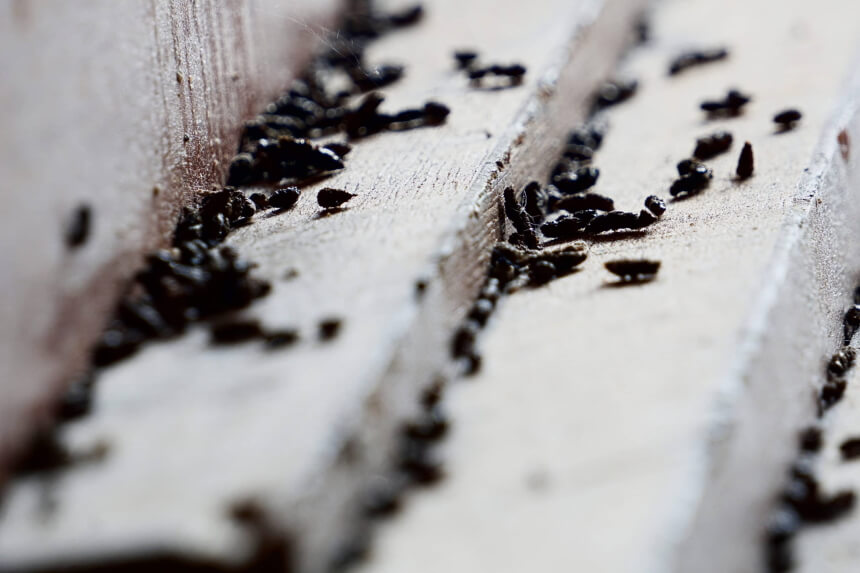
Mouse droppings look like tiny oblong pellets. You’re more likely to find droppings in any areas that the mouse frequently visits, such as the corners of rooms, under sinks, at the back of cabinets and any potential mouse corridors. Shine a flashlight in these areas to more easily spot any droppings.
One of the most common signs you need to start thinking about how to get rid of mice in an apartment or house is noises. You may hear scratching or scrabbling noises inside walls or above your head when you’re lying in bed at night. Mice tend to be more active after dark, so when your home is quiet, it will be easier to hear these noises.
Mice have continually growing teeth, which they need to file to continue being able to eat. This means that they chew on wooden surfaces such as floor trim, baseboards, shelves and other items. You may also notice gnaw marks on or around food packaging, as the mouse tries to get to edible items.
If you suspect you have mice in your attic, this may be a sure sign of a problem. You may spot mouse tracks, particularly in areas that tend to be dusty. Look along the edges of walls and sides of rooms, as this is where the mice are most likely to travel.
Finally, if you have a dog or cat that has started to behave a little oddly, your furry pal could be warning you about a mouse problem. Your pet may bark, scratch or paw at cabinets or under appliances. They may also start to stare at particular spots in a room, as their hearing is more sensitive and they may be able to hear mice moving around.
If you believe that you have a mouse problem, you’ll need to know how to get rid of mice and how long does it take to get rid of mice. While you may have the best squirrel repellents on hand, you may need to alter your techniques and approaches. However, there are a number of ways to get rid of your mouse problem.
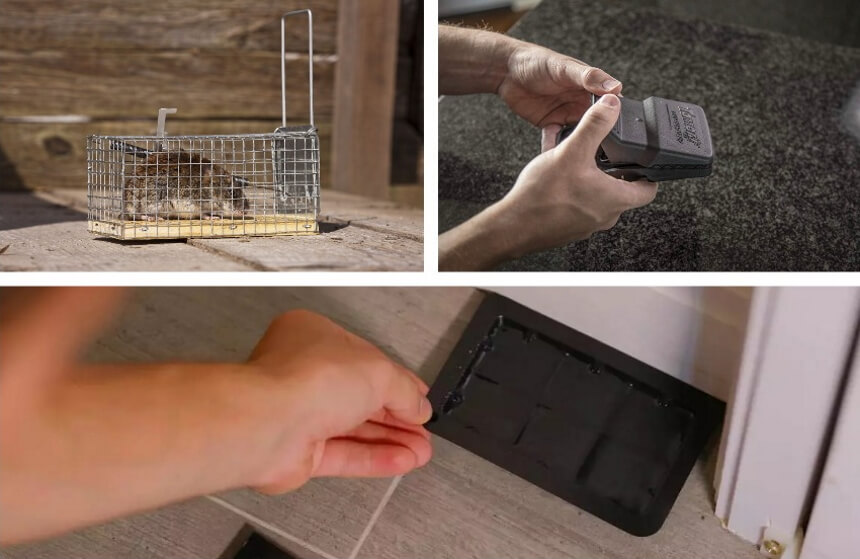
You should place your traps in areas where the mice are the most active. If you are not sure where the mice are nesting, as you’ve not found any gnaw marks or droppings, you can sprinkle a little flour on surfaces and check for tracks. Try moving the traps every few days if you’ve not caught any mice. Aim for dark corners or behind objects for the greatest success.
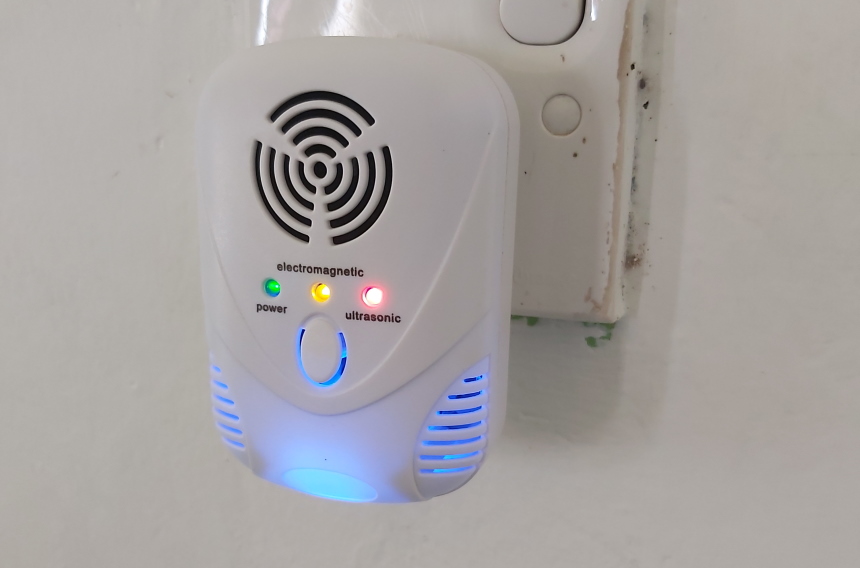
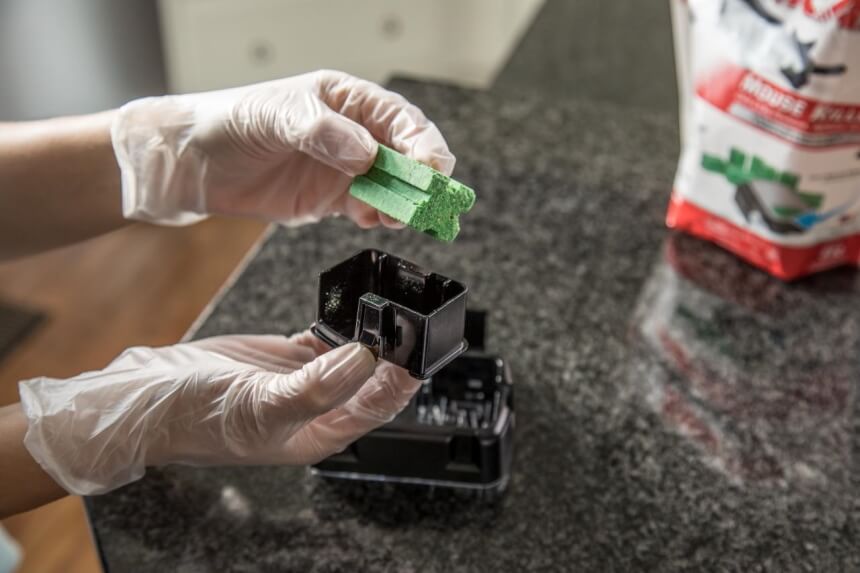
However, you do need to take care when using mouse poison. If you have pets or small children, it could be dangerous to have poison around your home. Additionally, there are laws in some states that surround the use of rodenticides, so you’ll need to check these in your area.



If you’re struggling to get rid of mice and you’ve tried several methods, or you suspect you have a severe infestation, it is a good idea to call in a professional.

Mice can get through gaps as small as 1/4 inch, so use caulk or weather stripping to seal any small holes in your siding, doorways or foundation.
Mice only require a little food each day, but once they have found a source, they will return. So, make sure you store any dry goods including pet food in metal or glass containers.
Overgrown vegetation can provide excellent shelter for mice, particularly when the temperatures start to cool. So, keep all trees, shrubs, and landscaping trimmed back and away from your siding and foundation to discourage mice. You should also store all your firewood a minimum of 20 feet from your house.
As we’ve discussed, mice only require small amounts of food, so while you may not see a problem with leaving a few crumbs on your countertops or dining table, you could be laying out a buffet for the mice. So, be sure to wipe all your eating and cooking surfaces after each meal and check they are clean at the end of the day. This means that if there are any mice considering your home, they will find no food available to them when they are most active.
Even if you think mice are cute, you don’t want them taking up residence in your home. Mice can spread disease and they can be a real pest. Although they are tiny little creatures, mice can create some serious problems around your home. So, if you suspect you may have a mouse problem, you need to know how to get rid of mice.
Hopefully, this article has helped you, but if you are having issues with a severe infestation, be sure to speak to a professional pest controller. An experienced professional can guide you through the effective options to quickly resolve the issue.
